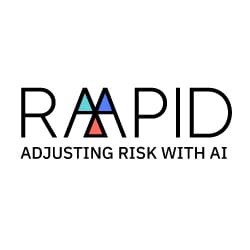Dive Brief:
-
The Financial Accounting Standards Board at a meeting Wednesday explored proposed guidelines for new standards that will ultimately replace two existing rules related to the accounting treatment of software projects with a single streamlined model.
-
The board members generally said the staff was on the right track in their proposal to set the threshold that will trigger a software initiative to be capitalized as an asset on the balance sheet — rather than as an expense on the income statement — at the point in time when the project is likely to be completed, a benchmark dubbed “probable to be completed,” in the meeting materials.
-
“I believe this is directionally going the right way,” board member Joyce T. Joseph said in the meeting, while also noting that she would like to have much more investor feedback on what kind of information they feel is useful on the matter. “Overall in my view the research update creates a systematic basis to address the recognition of software costs.”
Dive Insight:
The board decided last year to prioritize a project to update accounting standards for software costs for the first time in nearly 40 years.
There are currently two approaches to accounting for software costs. Companies either look to guidance in Subtopic 350-40, Intangibles — Goodwill and Other — Internal-Use Software or Subtopic 985-20, Software — Costs of Software to be Sold, Leased or Marketed, for all entities, CFO Dive previously reported.
During the meeting some board members suggested that the new standards might not be necessary if they still end up with companies treating the software costs the same way. Board member Marsha L. Hunt pushed back against the notion, reiterating her belief in the need for a single new standard.
“We know today that you can have similar functionality and you get different accounting because we have two models depending on whether you are developing something with the intent to license it or to deliver it in a different way,” Hunt said. “I supported this project because if we had a model that drove more consistent application to those similar products and their reflection in the financial statements, I think that’s an improvement.”














